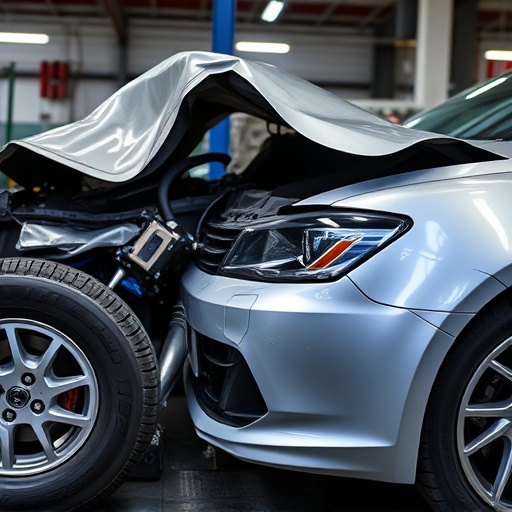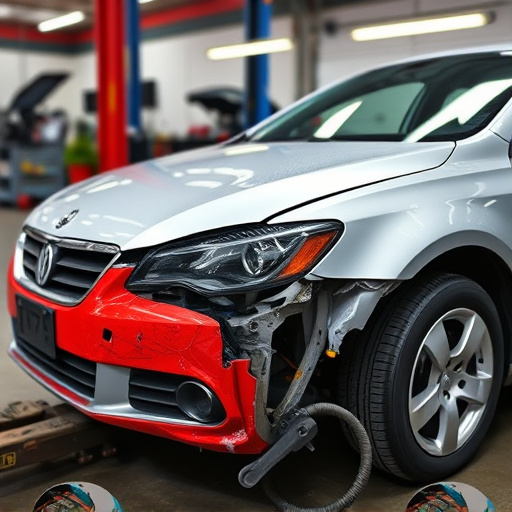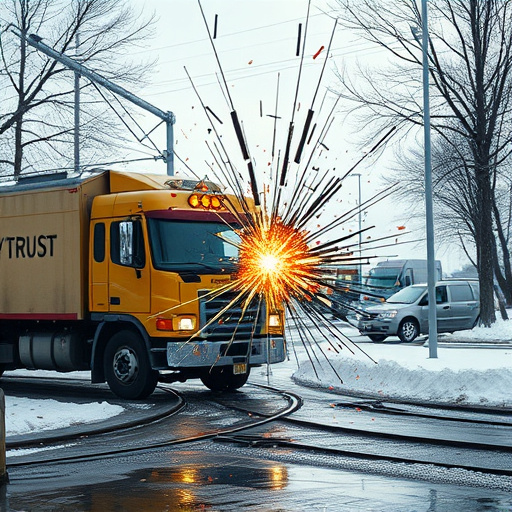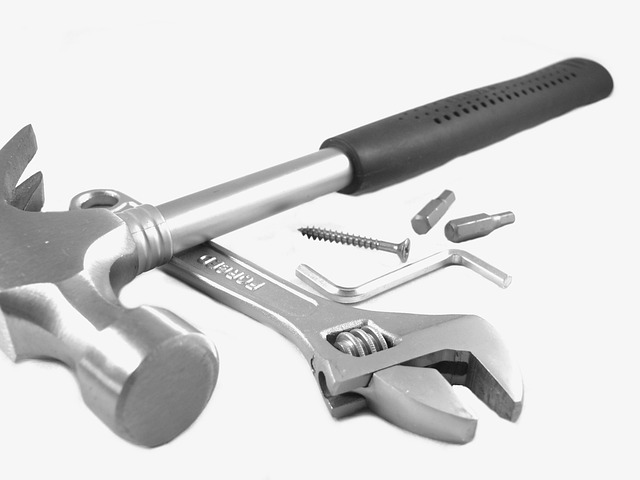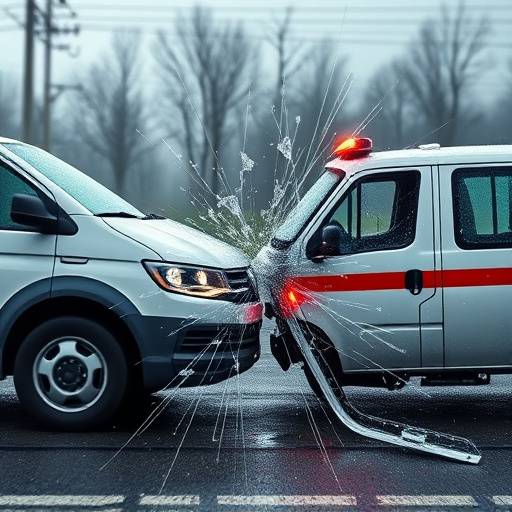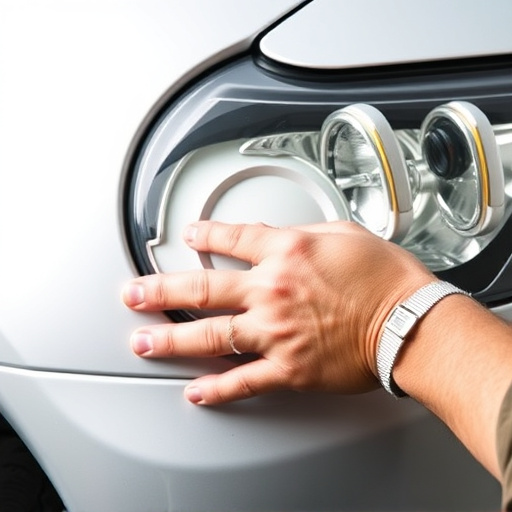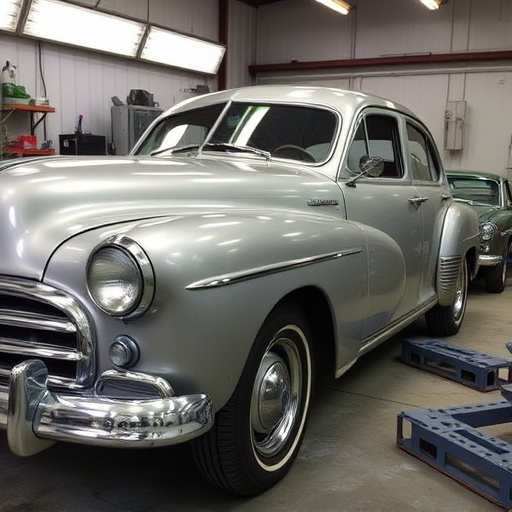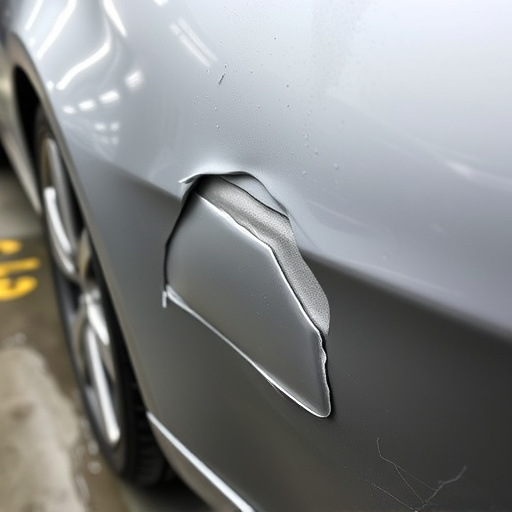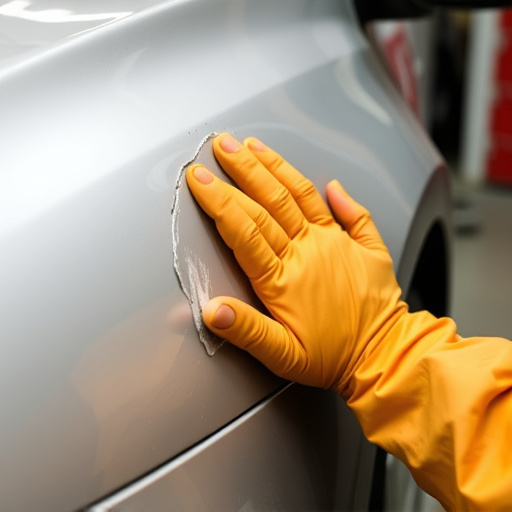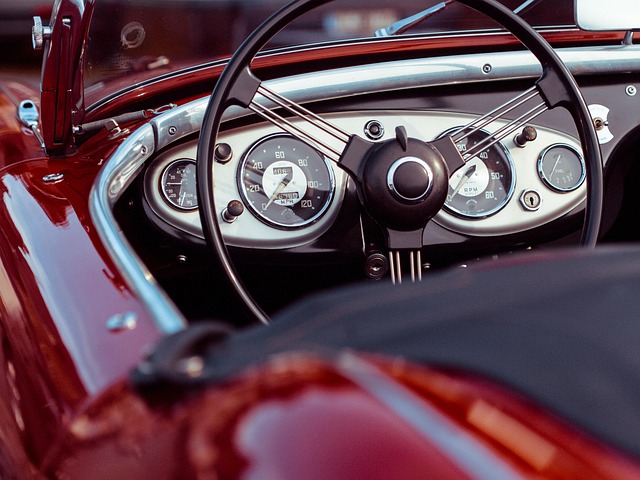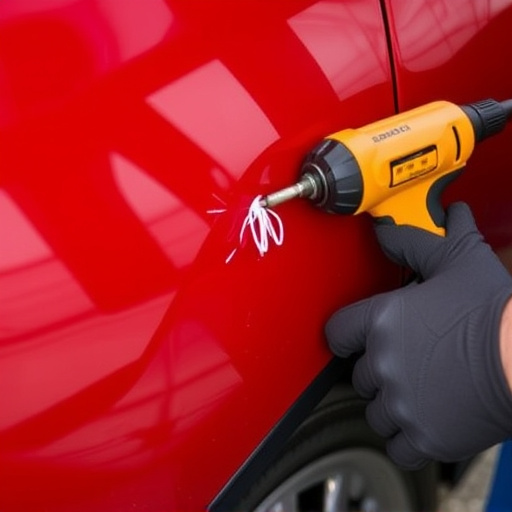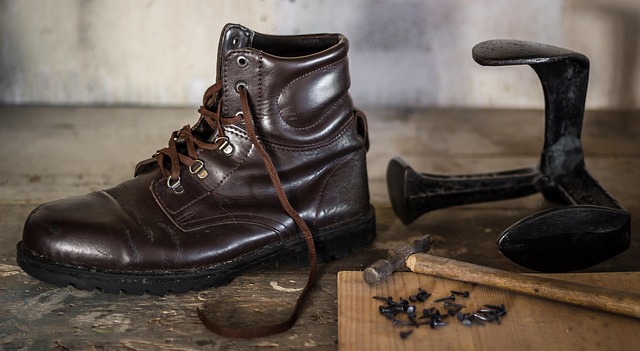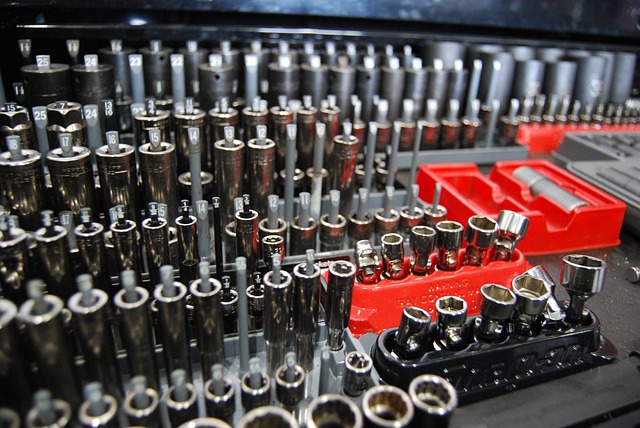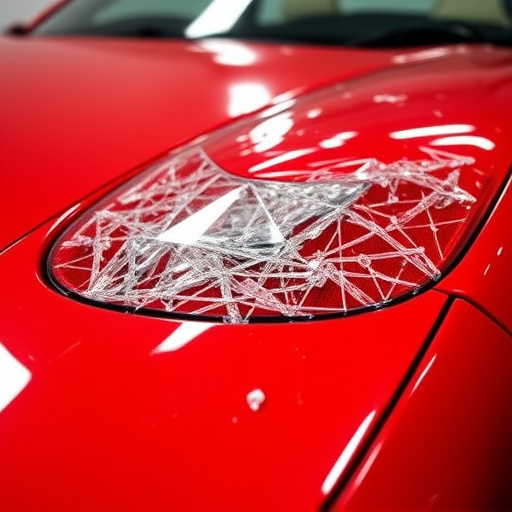Meticulous assessment and skilled techniques are key to successful vinyl wrap repair and replacement. Technicians inspect damage, remove old wraps layer by layer, and ensure best practices for longevity, using high-quality materials and precise application. This process yields an aesthetically pleasing result, protecting the vehicle's investment and preserving its vibrant look for extended periods.
In the world of automotive aesthetics, a full vinyl wrap replacement can transform a vehicle’s look. However, before applying a new layer, technicians must expertly remove the old wrap. This process, known as vinyl wrap repair replacement, involves assessing damage, carefully planning, and executing precise steps to ensure a flawless finish. Understanding the assessment and the step-by-step removal process is key to achieving long-lasting results, enhancing vehicle aesthetics, and satisfying customers.
- Understanding Vinyl Wrap Damage Assessment
- The Step-by-Step Process of Removing Old Wraps
- Best Practices for Ensuring Longevity of New Installations
Understanding Vinyl Wrap Damage Assessment
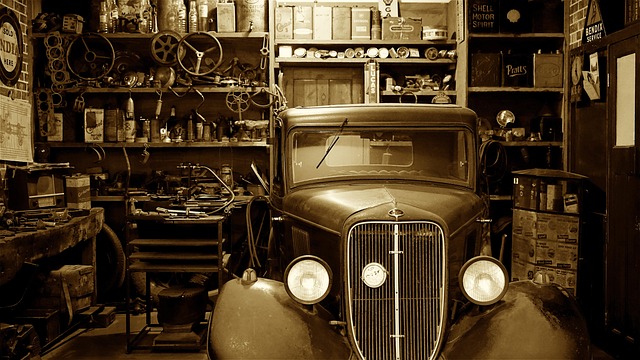
When it comes to vinyl wrap repair and replacement, the first step is a thorough assessment of the damage. Technicians need to carefully inspect the affected area to determine the extent of the damage caused by elements like sun exposure, scrapes, cracks, or even previous attempts at DIY repairs. This process involves closely examining the wrap’s integrity, identifying weak points, and pinpointing where replacement is necessary.
An automotive body shop’s expertise in fender repair and vehicle collision repair plays a pivotal role here. Skilled technicians use their knowledge to assess if the damage is confined to specific areas or if it has spread, affecting larger sections of the vinyl wrap. This detailed assessment guides the decision-making process for effective and efficient repairs, ensuring that only the necessary parts are replaced, saving time and resources.
The Step-by-Step Process of Removing Old Wraps
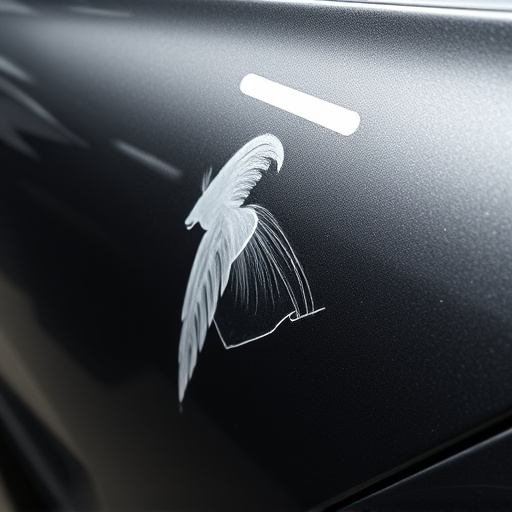
The process of removing old wraps for a full replacement is a meticulous art, often undertaken by skilled technicians to ensure a flawless new look. It begins with a thorough inspection of the vehicle’s bodywork, identifying any existing damage or imperfections that might require separate car paint repair or dent repair before the wrap is removed. This initial step is crucial as it sets the foundation for the successful application of a new vinyl wrap.
Once the surface is prepared and any necessary repairs are made, the technician will carefully peel back the old wrap. This requires precision and experience to avoid damaging the underlying surface, especially with vehicle bodywork’s intricate curves and contours. The process involves using specialized tools to slowly and methodically separate the wrap from the car, layer by layer, until the entire surface is exposed. This step-by-step approach ensures that the new vinyl wrap adheres perfectly during the replacement process.
Best Practices for Ensuring Longevity of New Installations
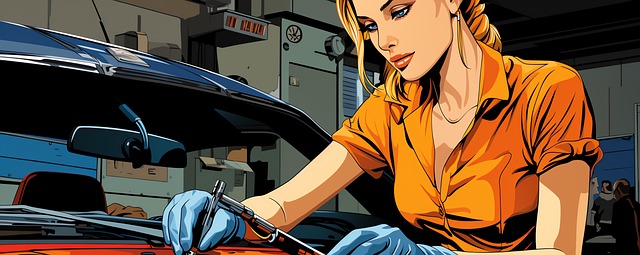
When technicians embark on a full vinyl wrap replacement, adhering to best practices is paramount to ensure longevity of the new installation. This includes meticulous preparation of the underlying surface, thoroughly cleaning and decontaminating the car’s panel to remove any residues or contaminants that could compromise the adhesion of the wrap. Utilizing high-quality materials and specialized tools also plays a crucial role in achieving a durable finish.
Moreover, proper application techniques, such as precise cutting and seamless sealing, are essential. Following these best practices not only guarantees a visually appealing vinyl wrap but also protects against future car dent removal and damage repair needs. In the world of automotive aesthetics, these measures ensure that the investment in a new wrap is protected and that it retains its vibrant appearance for an extended period, enhancing the overall value of the vehicle.
When it comes to a full vinyl wrap replacement, proper removal of old wraps is crucial. By following a meticulous step-by-step process and adhering to best practices, technicians ensure the longevity of new installations. This expert approach not only enhances the car’s aesthetic appeal but also guarantees that any damage or imperfections from previous wraps are thoroughly addressed, making way for a fresh, durable finish. For effective vinyl wrap repair and replacement solutions, these proven methods stand as the gold standard in the industry.
